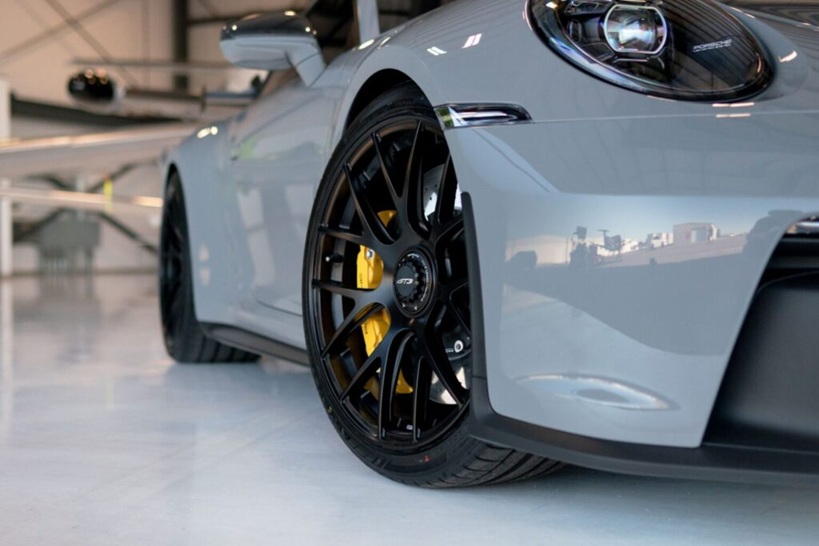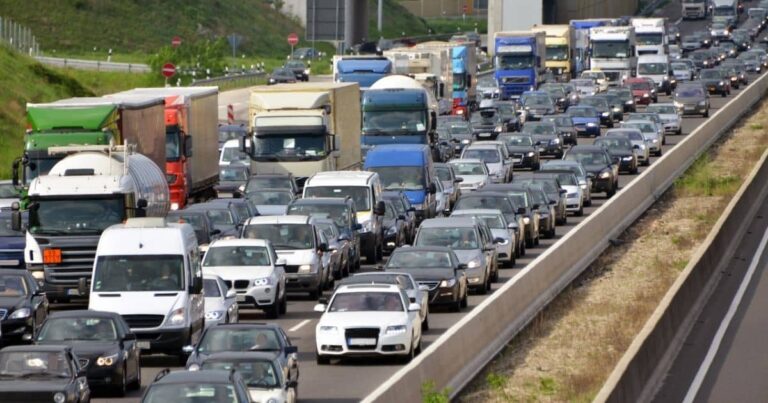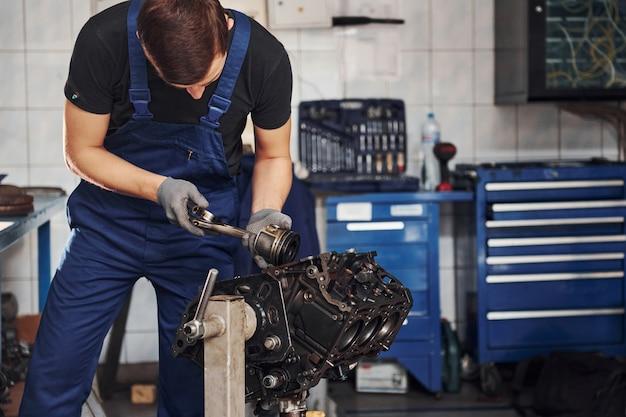The Invisible Shield: How Singapore’s Ceramic Coating Revolution Exposes the Brutal Reality of Tropical Car Ownership

The ceramic coating for car applications in Singapore represents more than automotive protection—it embodies a quiet resistance against the relentless assault of equatorial climate conditions that reduce unprotected vehicles to weathered shells within years, while nano ceramic coating technology offers hope to vehicle owners trapped in an environment that seems designed to destroy their investments. Yet beneath the glossy marketing promises lies a more complex story of technological advancement, economic necessity, and the human desire to preserve something beautiful in a world that conspires to erode it.
The Weight of Climate: When Nature Becomes the Enemy
Singapore’s position straddling the equator creates conditions that would humble even the most optimistic automotive engineer. The sun beats down with UV intensity that bleaches paint, cracks rubber, and turns metal surfaces into furnaces hot enough to cause second-degree burns. Humidity levels that rarely drop below 70% create a greenhouse effect that accelerates chemical reactions, turning harmless rainwater into dilute acid that etches glass and corrodes metal.
Walk through any HDB car park at midday, and the evidence is overwhelming. Vehicles parked without proper protection bear the scars of this daily battle—paint oxidation that transforms vibrant colours into chalky shadows, water spots that etch permanently into clear coat, and contamination that bonds molecularly to surfaces. The fortunate few gleaming amongst the weathered masses share one common characteristic: professional ceramic coating protection.
The Science of Salvation: Understanding Nano Protection
Modern ceramic coating technology represents a convergence of materials science and necessity born from Singapore’s demanding conditions. Silicon dioxide molecules, engineered at the nanoscale, create crystalline structures that bond chemically with automotive paint. Unlike traditional wax or sealant products that sit atop surfaces, nano ceramic coatings become part of the paint system itself.
The transformation occurs at the molecular level:
• Silicon carbide nanoparticles create hardness ratings approaching 9H on the pencil scale
• Hydrophobic properties cause water to bead and roll away, carrying contaminants with it
• Thermal resistance protects against heat damage from Singapore’s intense sun exposure
• Chemical inertness prevents bonding with acidic pollutants and biological contaminants
• Optical clarity maintains paint depth and gloss for years rather than months
This isn’t merely protection—it’s molecular armour designed for warfare against nature itself.
The Human Cost of Automotive Vulnerability
Behind every ceramic coating application lies a personal story of loss, frustration, or fear. The executive whose BMW’s paint was permanently stained by bird droppings during a single overnight parking incident. The young couple whose first car purchase became a source of stress rather than pride as they watched its appearance deteriorate despite their careful maintenance efforts.
These aren’t isolated incidents but representative experiences that drive Singapore’s ceramic coating adoption. The emotional attachment to vehicles extends beyond mere transportation—cars represent significant financial investments, personal identity, and hard-earned achievements. Watching them deteriorate feels like watching dreams fade in real time.
Economic Realities: The Mathematics of Protection
The financial calculations surrounding ceramic coating adoption in Singapore tell a compelling story of economic necessity disguised as luxury service. Vehicle ownership costs in Singapore rank among the world’s highest, with Certificate of Entitlement premiums pushing even modest cars into luxury price ranges. A Toyota Corolla becomes a $100,000 investment requiring protection strategies typically reserved for exotic vehicles.
Depreciation analysis reveals the stark reality facing unprotected vehicles. Paint damage that might be considered cosmetic in temperate climates becomes structural in Singapore’s conditions. Clear coat failure leads to rust, corrosion, and metal degradation that transforms minor aesthetic issues into major mechanical problems.
“Ceramic coating has evolved from a luxury service to essential protection in Singapore’s climate. The technology advancement enables vehicle owners to maintain their investments against environmental conditions that would destroy unprotected surfaces within months rather than years.” — Singapore Automotive Protection Standards Institute, 2025
The Ritual of Application: Precision as Performance Art
Professional ceramic coating application in Singapore has evolved into a ritual combining scientific precision with artisanal craftsmanship. Climate-controlled facilities maintain exact temperature and humidity levels essential for proper molecular bonding. Surface preparation involves paint correction techniques that remove years of accumulated damage before protection application.
The process demands expertise that transcends traditional automotive detailing. Certified applicators understand polymer chemistry, surface energy, and molecular adhesion principles. Each vehicle receives customised treatment based on paint condition, usage patterns, and environmental exposure levels.
The Persistence of Hope: Technology Versus Nature
Singapore’s ceramic coating industry represents humanity’s refusal to accept defeat against environmental forces beyond our control. Each application embodies optimism—the belief that technology can triumph over nature’s relentless assault. The gleaming vehicles emerging from professional facilities stand as monuments to this defiance.
Yet the victory remains provisional. Even the most advanced nano ceramic coatings require maintenance, renewal, and eventual replacement. The tropical environment continues its patient work, testing every molecular bond, exploiting every microscopic weakness.
Testimonies of Transformation: Before and After
The most compelling evidence comes from vehicle owners who’ve experienced life before and after ceramic protection. Their testimonies carry the weight of lived experience—cars that maintain showroom appearance despite years of tropical exposure, reduced maintenance requirements, and preservation of resale value that justifies initial investment costs.
The Continuing Struggle: Maintenance and Renewal
Even properly applied ceramic coatings require ongoing attention to maintain protective properties. Annual maintenance programmes, regular washing protocols, and periodic renewal applications ensure continued effectiveness. The relationship between owner and coating becomes ongoing partnership rather than one-time transaction.
This maintenance reality separates casual consumers from serious protection seekers. Those who understand ceramic coating as long-term investment rather than quick fix achieve results that justify the technology’s promises.
For vehicle owners seeking genuine protection against Singapore’s relentless environmental assault, the evidence supports comprehensive coverage using professional ceramic coating for car applications, with nano ceramic coating technology offering the most advanced protection currently available.




